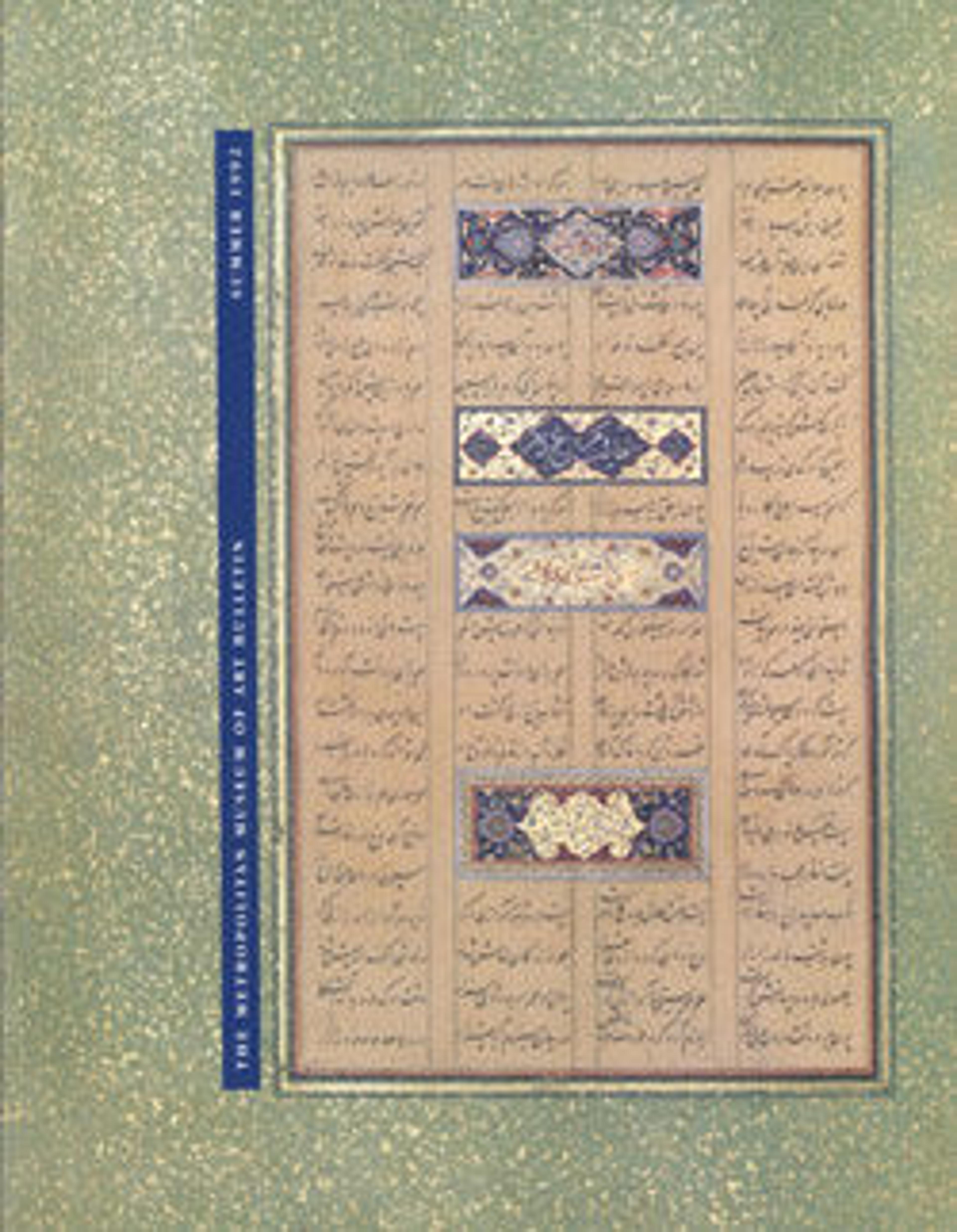Inkpot of the Emperor Jahangir
Sturdy, monumental, artfully rounded, richly adorned, and so weighty and well balanced that it could hardly be overturned, this dignified and useful inkpot can be seen as a poetic visual symbol of the empire inherited by Jahangir. If his father, Akbar, commissioned works of art as elements of a dynamic imperial vision, the son did so for delectation and spiritual nourishment. His miniatures, architecture, objects, and autobiography, the Tuzuk-i Jahangiri, reveal him as a responsible–if quirky, warm-blooded, and sometimes cruel–ruler, whose aesthetic concerns left enough time and energy for essential statecraft. Few rulers in world history match his artistic discernment or breadth of taste. He collected pictures and objects from the Islamic world and beyond: Chinese porcelains, Augsburg gilt-bronze statuettes, engravings by Dürer and the Flemish Mannerists, and Renaissance jewels as well as Persian miniatures. On coming to the throne, he released a large proportion of the imperial artists and craftsmen to feudatory courts and to the bazaar workshops, keeping only those whose work met his standards of seriousness and restraint.
Artwork Details
- Title:Inkpot of the Emperor Jahangir
- Maker:Mu'min Jahangir (Indian)
- Date:dated 1028 AH/1618–19 CE
- Geography:Attributed to India
- Medium:Nephrite, gold
- Dimensions:H. 2 1/2 in. (6.4 cm)
Diam. 3 1/4 in. (7.9 cm) - Classification:Stone
- Credit Line:The Sylmaris Collection, Gift of George Coe Graves, 1929
- Object Number:29.145.2
- Curatorial Department: Islamic Art
More Artwork
Research Resources
The Met provides unparalleled resources for research and welcomes an international community of students and scholars. The Met's Open Access API is where creators and researchers can connect to the The Met collection. Open Access data and public domain images are available for unrestricted commercial and noncommercial use without permission or fee.
To request images under copyright and other restrictions, please use this Image Request form.
Feedback
We continue to research and examine historical and cultural context for objects in The Met collection. If you have comments or questions about this object record, please contact us using the form below. The Museum looks forward to receiving your comments.
